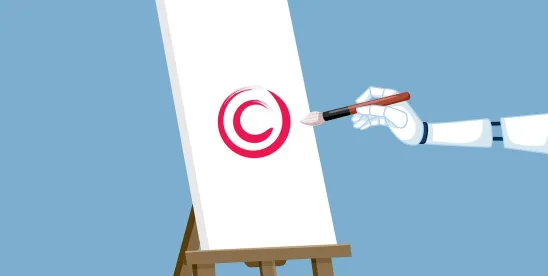The USPTO has published updated patent eligibility guidance (effective July 17, 2024) for AI-related inventions to help determine subject matter eligibility under 35 § U.S.C. 101. This guidance is timely as roughly 20% of all recent patent filings are AI related. It is important to note that based on prior guidance from February 2024, if an AI tool itself invents something, that is not patentable. Only inventions with significant human contribution are patentable. Thus, this does not preclude AI-assisted inventions. This February guidance was supplemented in April 2024 with AI guidance for practitioners and a request for comments on the impact of AI on certain patentability considerations, including what qualifies as prior art and the assessment of the level of ordinary skills in the art. The period for comments remains open until July 29, 2024.
In this July 2024 guidance (“July Guidance”), the USPTO includes three new examples with additional analyses under 35 § U.S.C. 101 of hypothetical claims to address particular inquiries, such as whether a claim recites an abstract idea or whether a claim integrates the abstract idea into a practical application.
Sections I and II of the July Guidance provide background on these issues and prior PTO guidance. Section III of the July Guidance provides an update on certain areas of the USPTO’s subject matter eligibility guidance that are particularly relevant to AI inventions, including: (1) whether a claim recites an abstract idea (at Step 2A, Prong One of the USPTO’s subject matter eligibility analysis); and (2) whether a claim integrates a recited judicial exception into a practical application because the claimed invention improves the functioning of a computer or another technology or technical field (at Step 2A, Prong Two of the USPTO’s subject matter eligibility analysis). Section IV of the July Guidance addresses AI-assisted inventions. Section V addressed the three new Examples (47-49), which are intended to assist examiners in applying the USPTO’s subject matter eligibility guidance to AI inventions during the patent examination process.
Example 47 illustrates the application of the eligibility analysis to claims that recite limitations specific to AI, particularly the use of an artificial neural network to identify or detect anomalies. Example 48 illustrates the application of the eligibility analysis to claims that recite AI-based methods of analyzing speech signals and separating desired speech from extraneous or background speech. Example 49 illustrates the analysis of method claims reciting an AI model that is designed to assist in personalizing medical treatment to the individual characteristics of a particular patient.
It is helpful for the PTO to continue to issue guidance like this and we will continue to monitor further developments.



 />i
/>i

